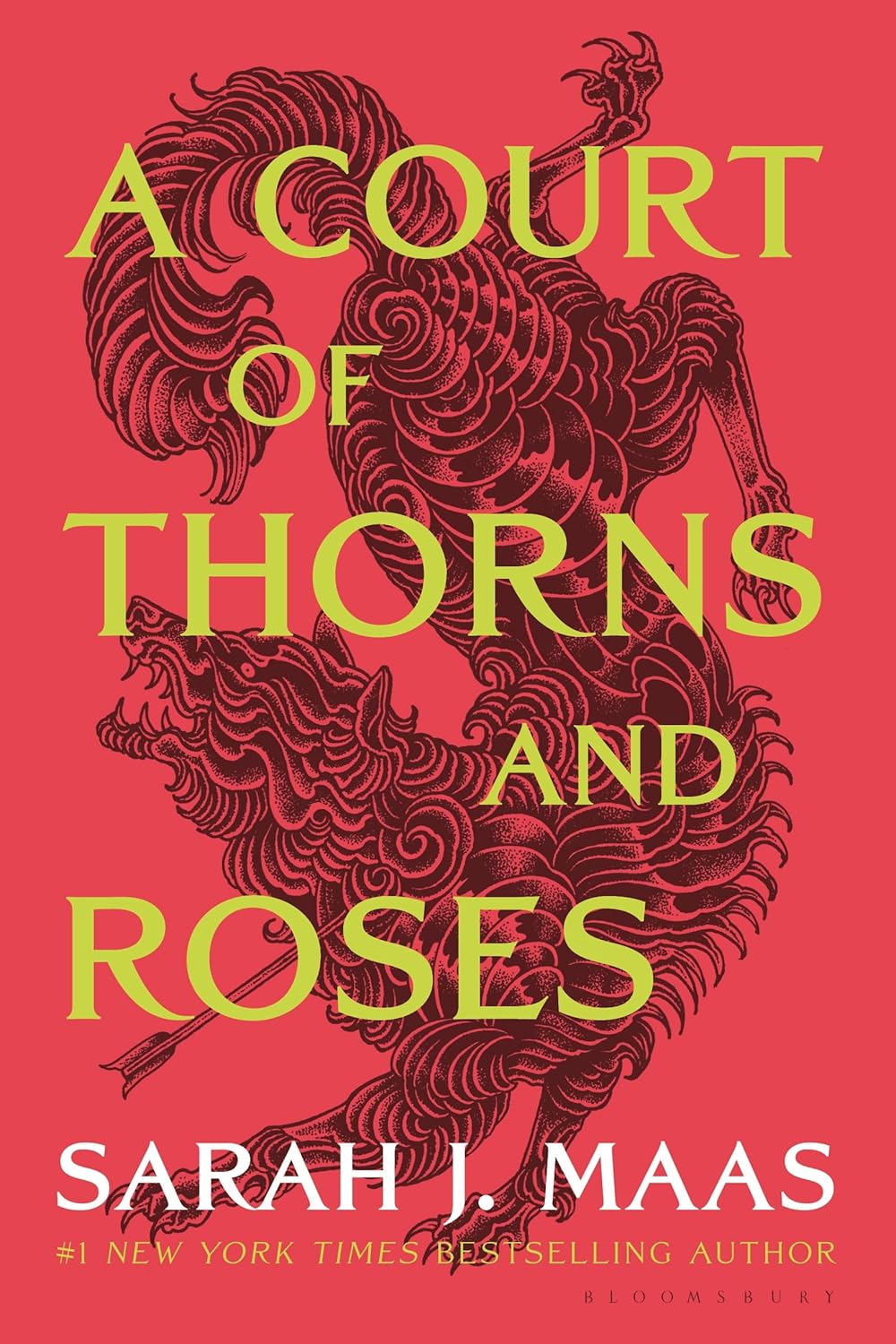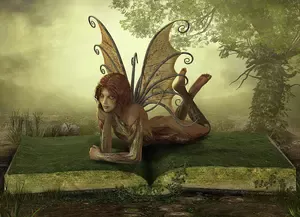- Home
- Fairy Blog
- Fairy Cakes
- Fairy Quotes
- Safety Dance
- The Flower Fairies Books
- What is a Fairy?
- Are Fairies Real?
- Elemental Fairies
- Faeries
- What are the Fae?
- Fae Fantasy Books
- Fairy History
- Origin of Fairies
- Fairies in Folklore
- Pixies
- Pixie Fairy Differences
- Gothic Fairies
- Tooth Fairy
- Fairy Festivals
- Fairy Gardens
- Fairy Garden Accessories
- Fairy Forests
- Fairy Poems
- Fairy Tales
- Fairy Tale Origins
- Classic Fairy Tales
- 24 Fairy Tales
- Fairy Tales around the World
- About Fantasy Creatures
- Dragons
- Dwarves
- Elves
- Gnomes
- Leprechauns
- Mermaids
- Unicorns
- Fairy Face Painting
- Free Fairy Art
- Fairy Coloring Pages
- Fairy Crafts For Kids
- Chinese Dragon Art
- How to Draw a Dragon
- Chinese Dragon Drawing
- Dragon Coloring Pages
- Fairy Tattoo Ideas
- About Us
- Contact Us
- Disclaimer
- Privacy Policy
Faeries
Literature from all over the world has tales of these fantasy creatures having interactions with humans. These beliefs from both written and oral folklore date way back to ancient times.
Traces of these fantasy creatures come from many sources:
- Fae of medieval Western European folklore.
- Sanskrit gandharva (semi divine celestial musicians)
- Nymphs of the Greeks and Homer
- Jinni of Arabic mythology
- From Many other folklore characters of the Samoans, Arctic, and other indigenous Americans.

Fairies
From an article in "Raven's Shire"
"Fairies are likely far stranger and more wonderful than you ever imagined. Perhaps the most important thing you need to understand about fairies is that they were distant beings. Indeed, fairies were just as likely to live in the village or people's homes as they were in the wilderness."
Some Tales Of Faery Folklore

Much of the folklore from this time revolves around protecting ourselves from malice. In particular, it describes how to prevent these creatures from abducting older people or stealing babies and substituting changelings for the babies. Humans, to protect themselves from these fantasy creatures, use such means as cold iron (they don't like iron and will not go near it) or charms made of rowan and herbs, or they totally avoid these fantasy creatures by staying out of locations known to be frequented by these little pixies.
English folklore
These wee people are sometimes known as Pixies, Sprites or spirits. They are commonly represented as mischievous imps who delights in flustering young maidens and leading travelers astray.
Irish Folklore
In Ireland, the Tuatha de Danaan was one of the early races of conquerors known for their great power. It is thought that they were driven underground. The goddess Danu was their mother,
Welsh Folklore
William Butler Yeats relates a Welsh version of this story in his tale The Stolen Child. Parents of a new baby could keep their child safe from abduction by the Fae by using one of several simple charms: a wreath of oak and ivy kept faeries out of the house, as did iron or salt placed across the door step. Also, the father's shirt draped over the cradle keeps the Fae from stealing a child.
In other Folklore stories, examples are given of how one can see a faerie. It is believed that a wash of marigold water rubbed around the eyes can give mortals the ability to spot the Fae. It is also believed that if you sit under a full moon in a grove that has trees of ash, oak and thorn, the Fae will appear.
You can read more about faeries in folklore and literature here.
Fun Facts About Faeries
Female Faeries have a hard time giving birth. Many children that survive when born are not normal. The mothers , all of which like beautiful babies, really don't like these babies that are not normal and refuse to keep them. They sometimes try to exchange them for human children. If they do, these children are known as changelings.
Today, the depictions, especially in children's stories, rest largely upon the old folklore tradition. Here they were generally described as serious and sinister. There are some exceptions that include the one that swaps children's teeth for gifts, the Godmother in "Cinderella" and "Snow White and The Seven Dwarfs". Folklore about these mystical creatures is particularly prevalent in Ireland, Wales, and Scotland.
The Tooth Fairy is a modern example of a fun Faery that interacts with us humans.
Is the Tooth Fairy Real?
Ask any child as he wakes up and finds a present under his pillow in exchange for a baby tooth. Click here for more info.
Read more about are fairies real here.
Amazon Audible Promo
With Amazon Audible’s holiday promo ($0.99/month for 3 months) and the release of Harry Potter: The Full-Cast Audio Editions, there's never been a better time to join.
Book of the Month
The Best Selling Fae Fantasy Book! A great Christmas gift!
CLICK HERE for more information and best price!
Recent Articles
-
Fae Fantasy Books - where love can be both thrilling and terrifying!
Nov 22, 25 02:34 AM
Fae Fantasy Books - explore new aspects of what it means to be human in a world where magic and immortal beings exist! A perfect blend of danger and allure! -
Water Fairies: Meet the Mystical Undines of the Waters
Nov 19, 25 02:45 AM
Water fairies, often called undines, are enchanting magical beings deeply connected to the element of water. These spirits appear in folklore and fairy tales -
Earth fairies are elemental beings connected to the earth element.
Nov 19, 25 02:34 AM
Earth fairies, also known as gnomes, are elemental beings deeply connected to the earth element. They have rich roots in folklore, mythology, and fairy tales




